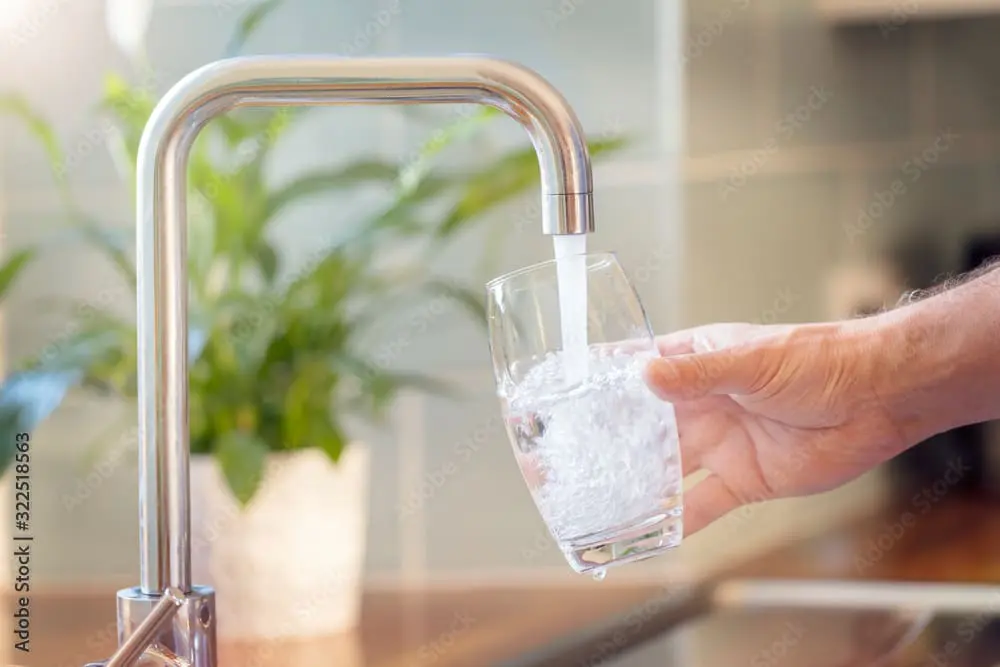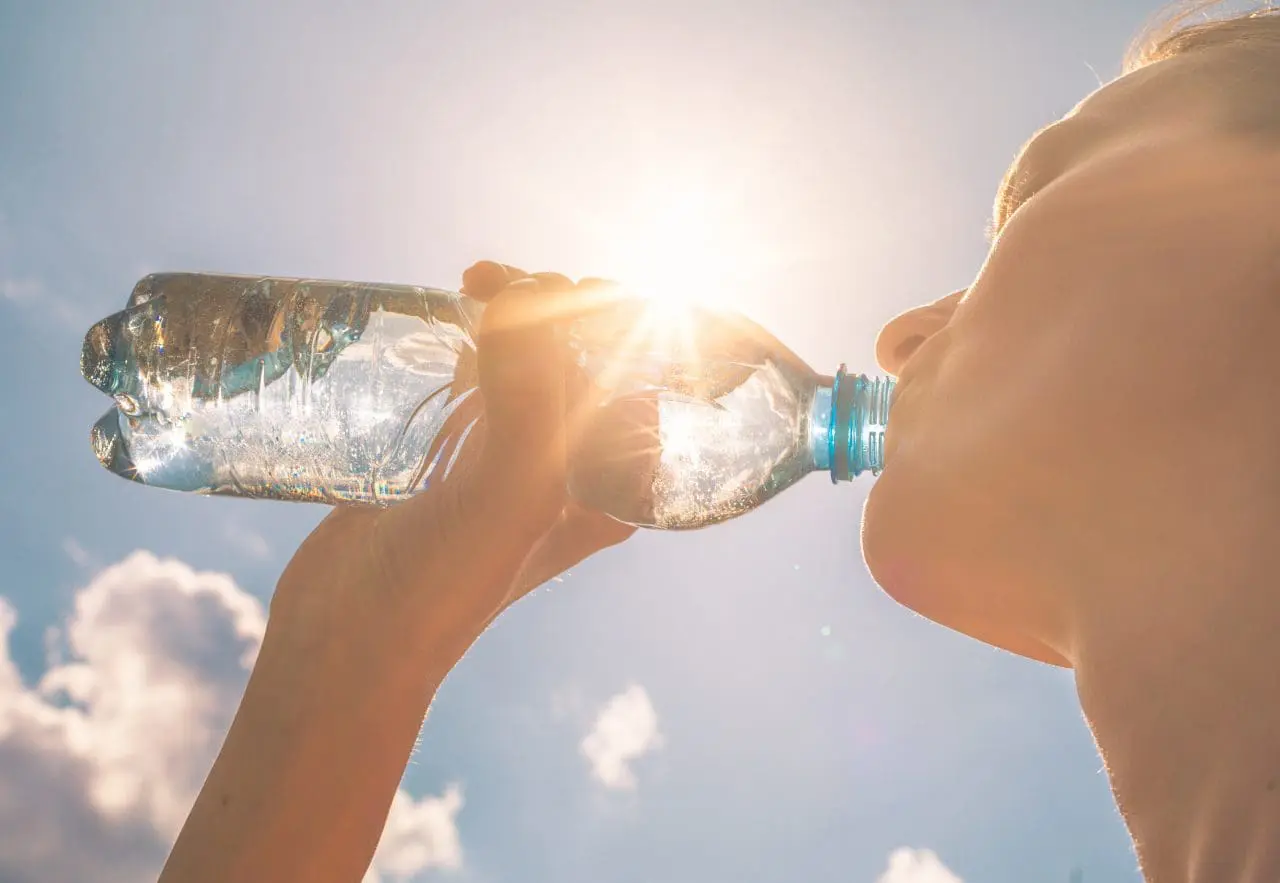

Water is a basic human need, essential for health, well-being and life. As global demand for clean water continues to increase, traditional sources such as rivers, lakes and wells are becoming increasingly stressed in some areas due to overuse or contamination. Hydropanels are a revolutionary new technology which offers a sustainable solution to this challenge, producing clean, reliable drinking water from the air off-grid.
The benefits of hydropanels are clear: no need for complex infrastructure like pumps or piping systems, reducing costs and enabling access to clean water in remote locations. Furthermore, they produce water using only natural energy sources such as sunlight and wind, providing a carbon-neutral way of producing drinking water.
Hydropanels are powered by solar-driven condensers that generate water from the air when exposed to direct sunshine. This highly efficient process produces clean, safe drinking water without the need for grid-connected electricity or complex infrastructure. The panels use a five-step process to create pure, clean water – drawing air into the panel, cooling it to condense droplets, filtering out dust and particles, purifying the resulting liquid through ultraviolet light and storing it in an integrated tank.
The ability to generate off-grid drinking water makes hydropanels a valuable resource in remote locations, significantly reducing the cost of providing clean water to communities without access to traditional supplies. Furthermore, their use of renewable energy sources such as sunlight and wind makes them carbon-neutral, reducing the environmental impact of producing drinking water.
Hydropanels offer a cost-effective way to access clean water for remote communities. By eliminating the need for complex infrastructure such as pumps, piping and electrical connections, hydropanels enable low-cost drinking water in areas where traditional solutions don’t make economic sense. Furthermore, they are designed to be easily installed and maintained, requiring minimal setup and maintenance costs.
In addition to being cost-effective, hydropanels are also highly efficient: they can produce up to 40 litres of clean water every day in ideal conditions, while requiring only minimal energy consumption. This makes them an attractive option for areas where access to electricity or grid-connected pumps is limited or unreliable.
Hydropanels use the natural power of condensation to generate clean, safe drinking water from the air. The panel captures atmospheric humidity and cools it using energy from wind or sunlight, resulting in droplets of pure water which are then filtered and stored for later use. This process is highly efficient, requiring only minimal energy consumption to produce up to 40 litres of clean drinking water each day.
In addition, the panels are designed to be easily installed and require minimal setup and maintenance costs. This makes them an attractive option for areas where access to electricity or grid-connected pumps is limited or unreliable – enabling low-cost access to clean water in remote locations.
Using hydropanels to produce off-grid drinking water eliminates the need for complex infrastructure such as pumps and pipework, reducing energy consumption significantly. By relying on natural sources of energy such as wind and sunlight, they generate clean, reliable drinking water while avoiding any carbon emissions. This makes them a valuable resource for areas with limited access to traditional water sources, as well as an effective way of reducing your own carbon footprint.
Furthermore, the panels are designed to be highly efficient and require minimal energy consumption. This reduces both the cost and environmental impact of producing clean drinking water, enabling communities in remote locations to access reliable supplies without relying on expensive pumps or grid-connected electricity.
The potential of hydropanels is far-reaching, providing clean, reliable drinking water to remote areas without the need for complex infrastructure or expensive energy sources. This means that communities in developing countries can access reliable water supplies without relying on traditional solutions such as wells or pumps, reducing costs and improving access.
Furthermore, hydropanels generate clean drinking water using natural energy sources such as wind and sunlight – making them a carbon-neutral way of producing off-grid drinking water. This means that they can be used to reduce the environmental impact of providing clean water in remote locations, while enabling access to a reliable, sustainable resource.
Hydropanels are revolutionising access to clean drinking water across the world – providing cost-effective, off-grid solutions in even the most remote locations. By using natural energy sources such as wind and sunlight, they enable communities to benefit from reliable supplies of clean water without relying on expensive infrastructure or grid-connected electricity. This not only reduces costs but also helps to reduce the environmental impact of providing clean drinking water, making them an attractive option for areas with limited access to traditional sources. With their potential for global impact, investing in hydropanels is an important step towards a more sustainable future.
As hydropanels become more widely adopted, their potential to revolutionise access to clean drinking water across the globe is becoming increasingly apparent. With the ability to generate off-grid drinking water in even remote locations, these panels are enabling communities in developing countries to access reliable supplies without relying on complex infrastructure or expensive energy sources.
To realise the full potential of hydropanels, further research and investment is necessary. By exploring new technologies and approaches, researchers are continually pushing the boundaries of what is possible with hydropanels – such as increasing efficiency and reducing costs. With continued investment in research and development, hydropanels could form an integral part of the global mission to provide clean drinking water for all.
The potential of hydropanels has not gone unnoticed in recent years, with a surge in investment and research into their development. This is reflected in the growth of the market, with hydropanels now being used in a wide range of applications from remote villages to large-scale commercial operations.
As the technology continues to evolve, we can expect to see further developments such as improved efficiency and lower costs. This could open up new markets for hydropanels, making them an increasingly attractive option for communities in developing countries and enabling access to reliable sources of clean drinking water.
Hydropanels are already making a huge difference to the lives of people around the world, providing reliable access to clean drinking water in even the most remote locations. By eliminating the need for complex infrastructure such as pumps and pipework, these panels are revolutionising access to a reliable source of clean water in developing countries.
Furthermore, the panels are also enabling communities to reduce their reliance on grid-connected electricity – providing off-grid solutions that generate clean drinking water using natural energy sources such as wind and sunlight. This not only reduces costs but also helps to reduce the environmental impact of providing clean drinking water, making hydropanels an attractive option for areas with limited access to traditional sources.
Already, the benefits of hydropanels are being realised across the globe – and this is only set to increase as research and investment into their development continues. With their potential to revolutionise access to clean drinking water, hydropanels could play an integral role in the global mission to provide reliable supplies of clean drinking water for all.
As we look to the future, one thing is certain: with continued investment and research into their development, hydropanels are set to become a key part of creating a more sustainable future – and making sure that everyone has access to clean drinking water.


